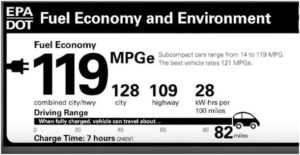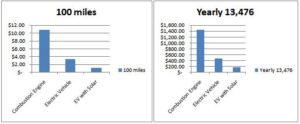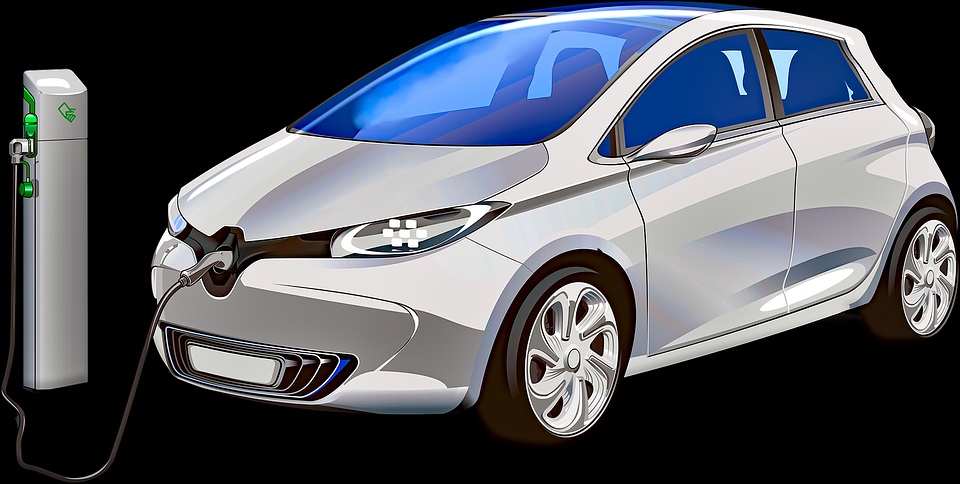Have you ever seen a solar-powered car? Me too…they do that race once a year where they see who can travel the fastest, “albeit at 20 mph,” called the American Solar Challenge. I hear the University of Michigan is pretty dominant. Now have you ever seen a solar-powered air conditioner? They exist, but are uncommon and don’t have a big payoff. The real point is, “Why don’t we see them more?” and “Why haven’t we seen solar AC?” Well, it’s the same reason we don’t see solar refrigerators: It’s not practical!
Why not?
Well, solar power is meant to be harnessed and released like with a battery or utility grid. Think of it this way: We can’t guarantee a sunny day tomorrow, but where I live in Tucson, Arizona, we can guarantee about 200 of them a year. The most practical solution is to connect a big solar array to the home and to the grid, thus creating solar AC’s, solar refrigerators, and more importantly Solar Electric Cars. Once you see it through that lens we start seeing a lot more solar cars than we used to. Now I think that’s pretty cool in and of itself, but really that’s just the tip of the iceberg. This image below is of a window sticker from an EV Electric Vehicle. Note that in the acronym ‘MPGe,’ (e) is for equivalent.

It gives you a pretty good idea of the benefits that electricity has over gas power engines when it comes to efficiency, but since we’re on the topic, let’s put some dollar figures to this.
In a typical car or SUV these days, I’d say it’s fair to say we’re getting about 20 mpg or 5 gallons per 100 miles. Last time I filled up, gas was about 2.15 a gallon, making that 100-mile trek cost about $10.75 a pop. Now the average American drives 13,476 miles a year, leaving you with a yearly tab of $1448.67. Reduce the MPG to 15, and it’s $1931. But for argument’s sake, I’d say that about $1500 is probably low but a good round number.
Now let’s Look at the EV, (I think we’re looking at info from a Nissan Leaf). It says in order to travel 100 miles, it takes 28KW-hrs. Well, a kWh, or kilowatt-hour, costs about 11 – 15 cents depending on who your utility provider is. So, if we use 12 cents then 28X$.12= $3.36 per 100 miles and $452 per year.

Now let’s add solar into this equation. We know that utility power is 12 to 15 cents per kWh but solar allows for power to sold or produced at a much lower costs sometimes in the range of 3-5 cents per kWh. Thus making that 100-mile trip cost right about $1.12 using 4 cent average with an annual cost of about $151 and that is why I anticipate seeing a lot more solar-powered cars in the future. Who knows I might just see you in one.
Want to know more? Check this out! Want to check out going solar with an EV-ready Inverter? Call Sunbright Solar Today! — (520) 222-9993


Recent Comments